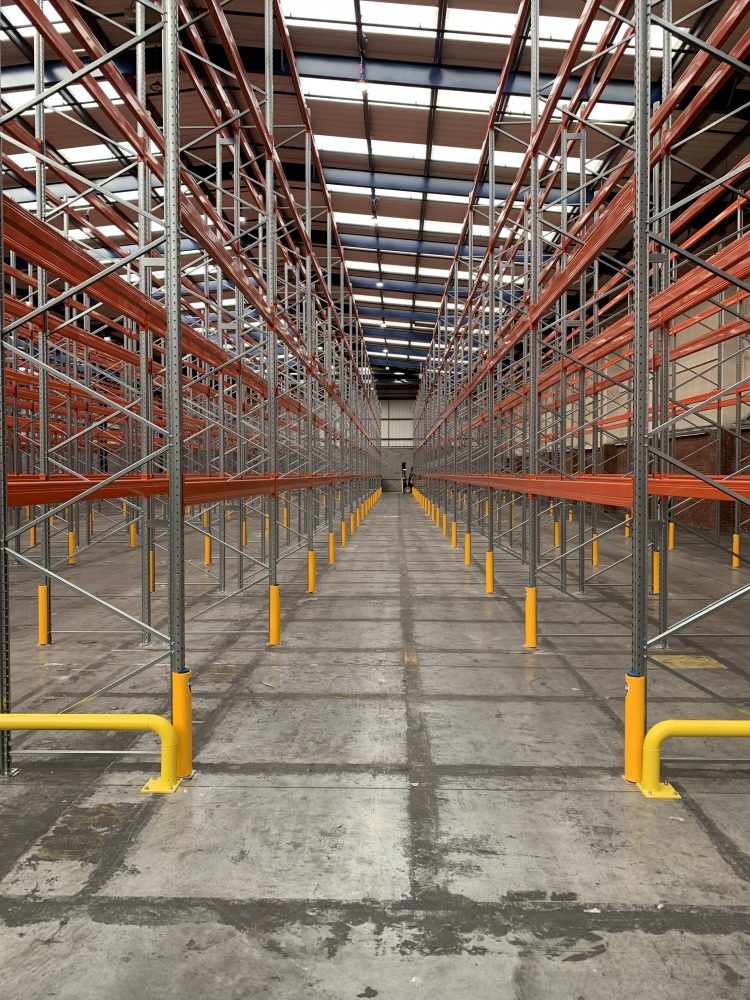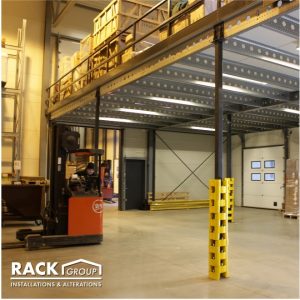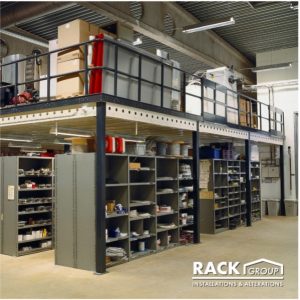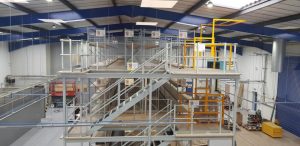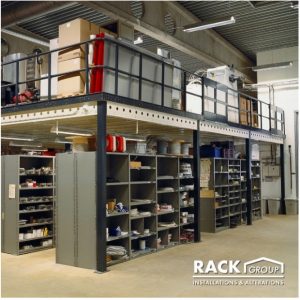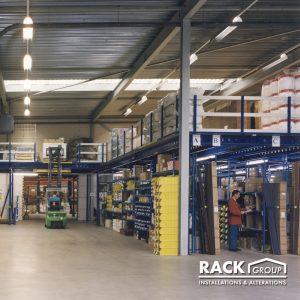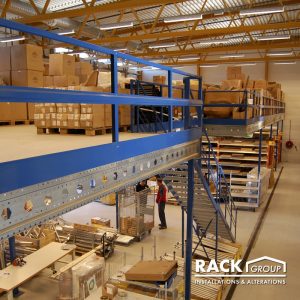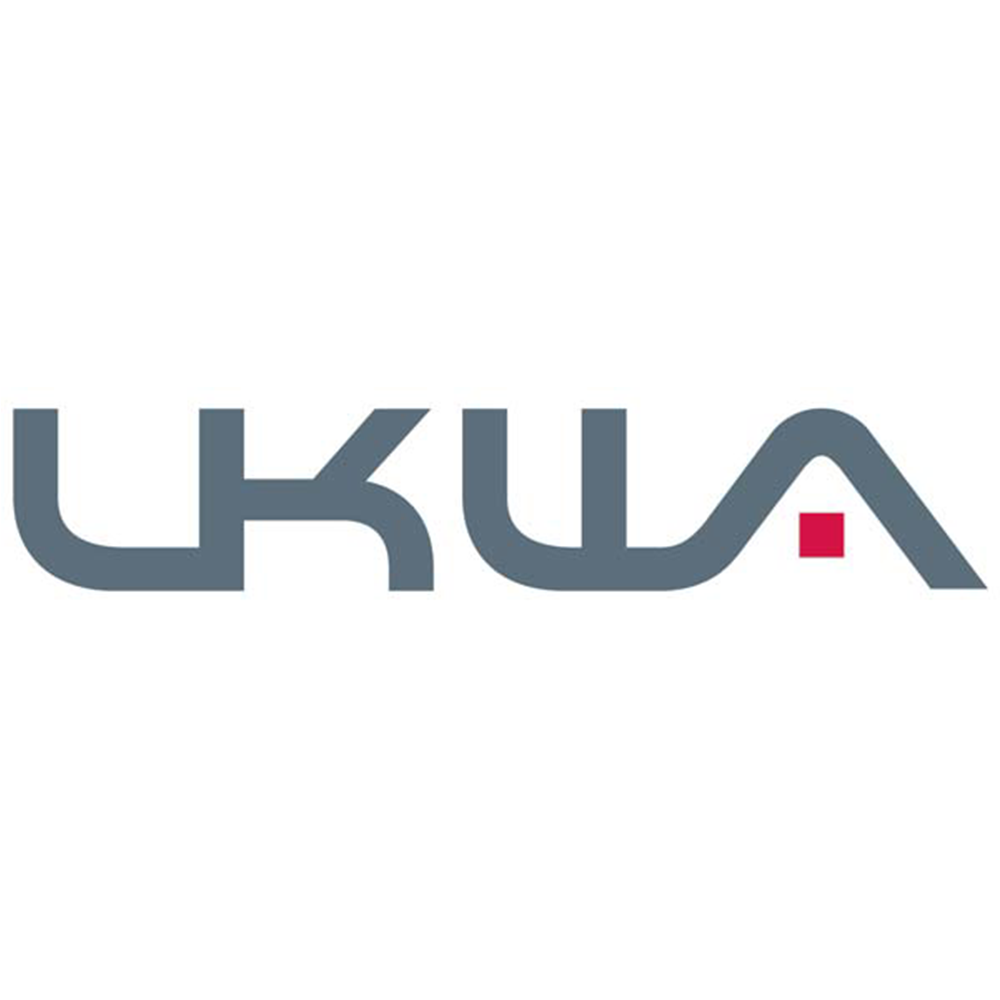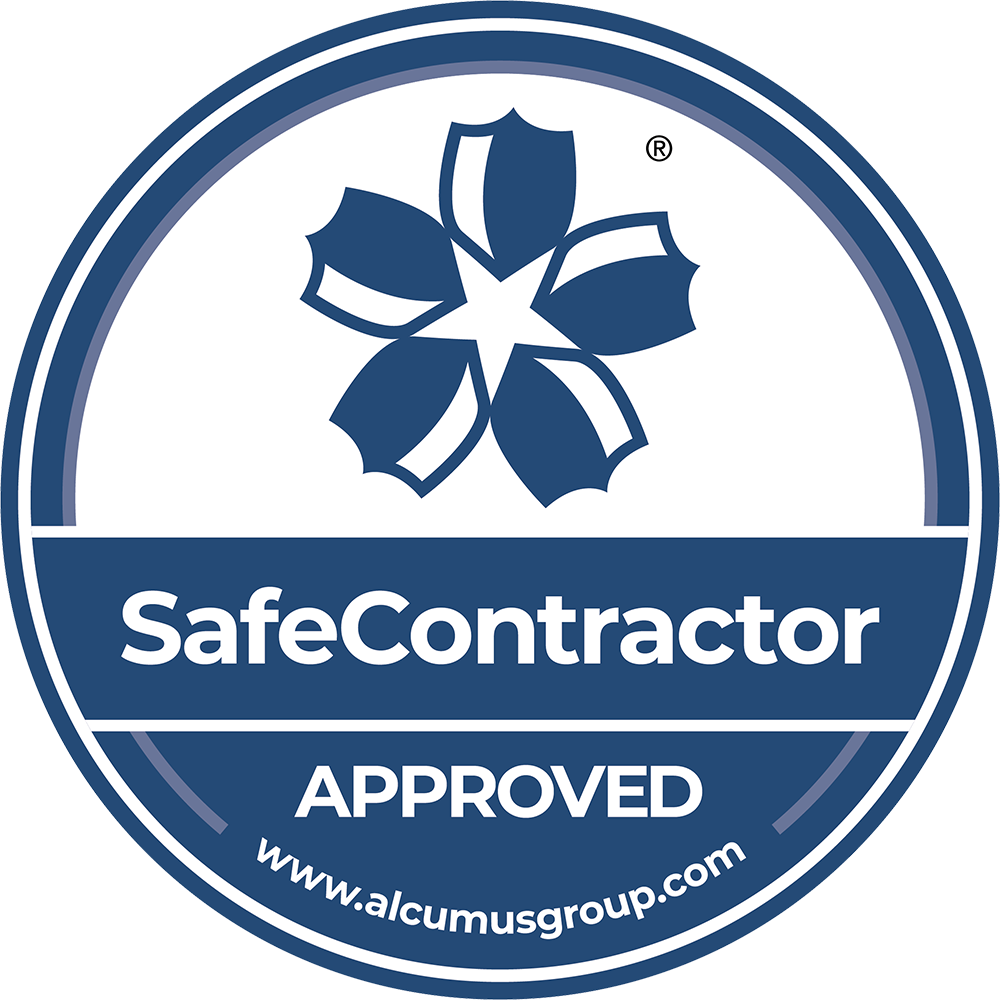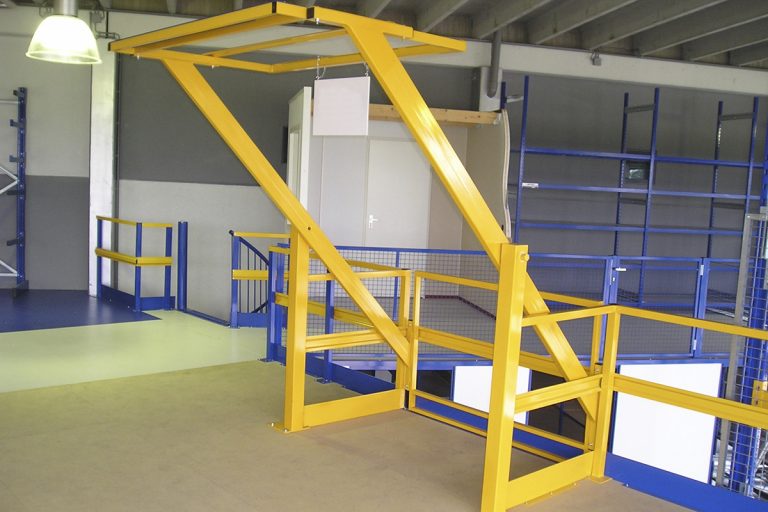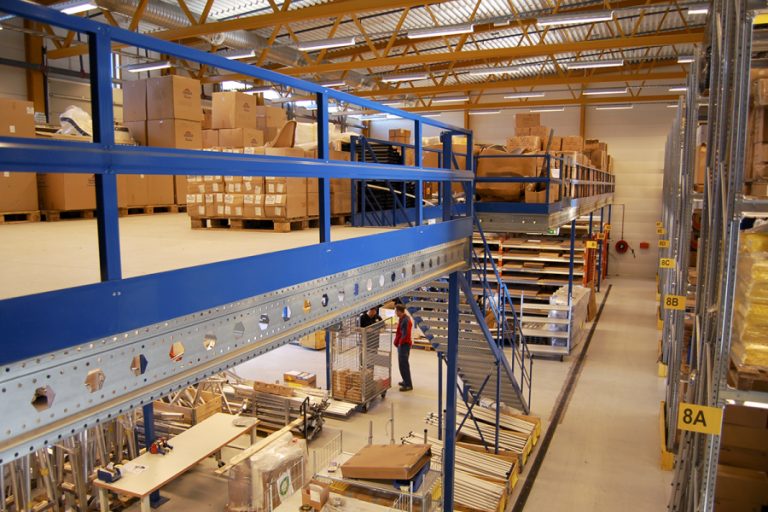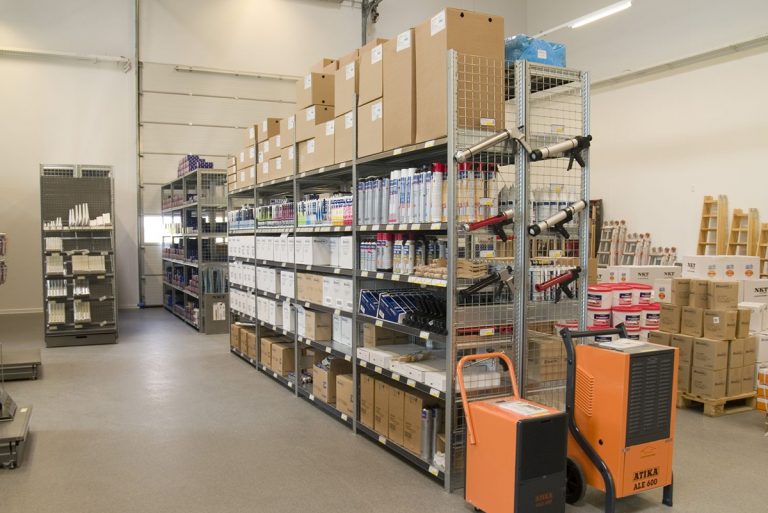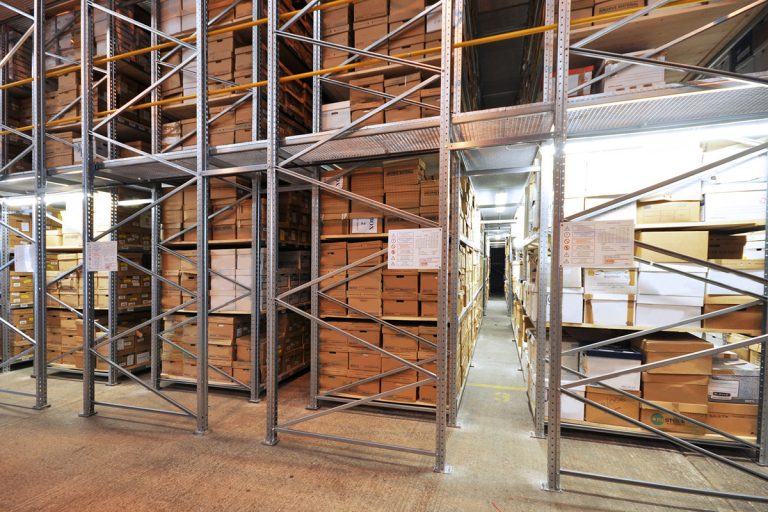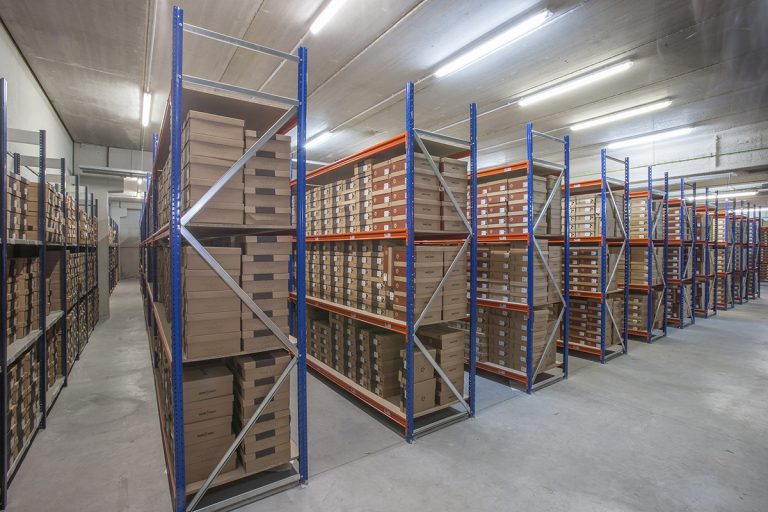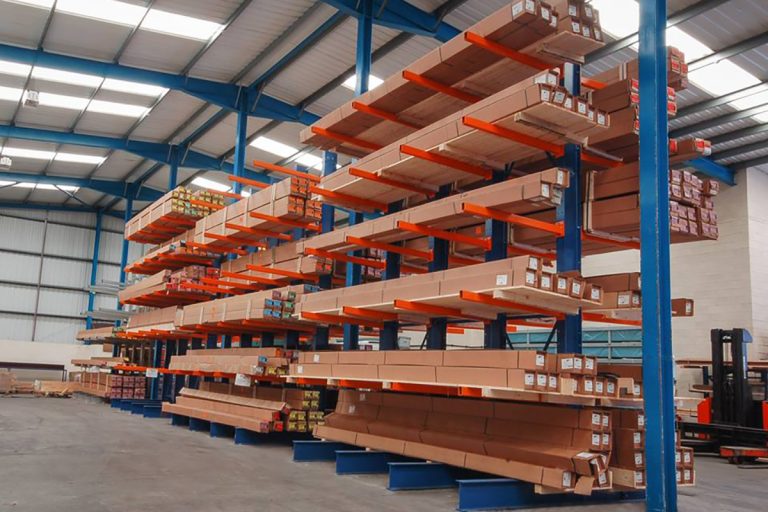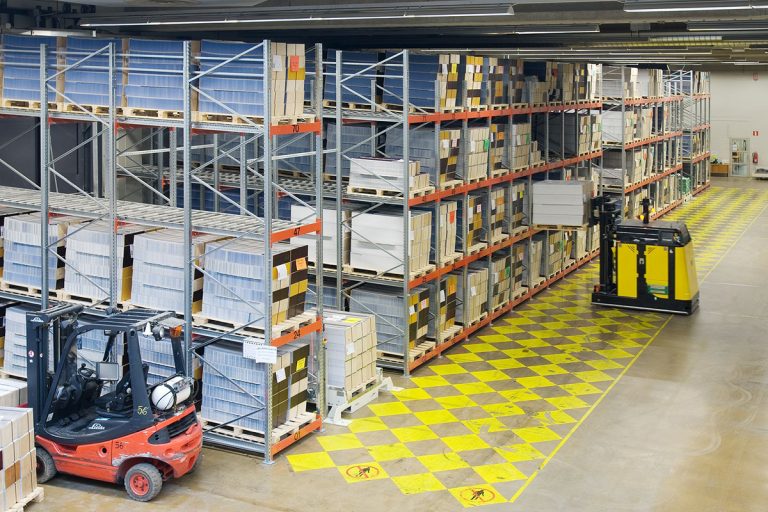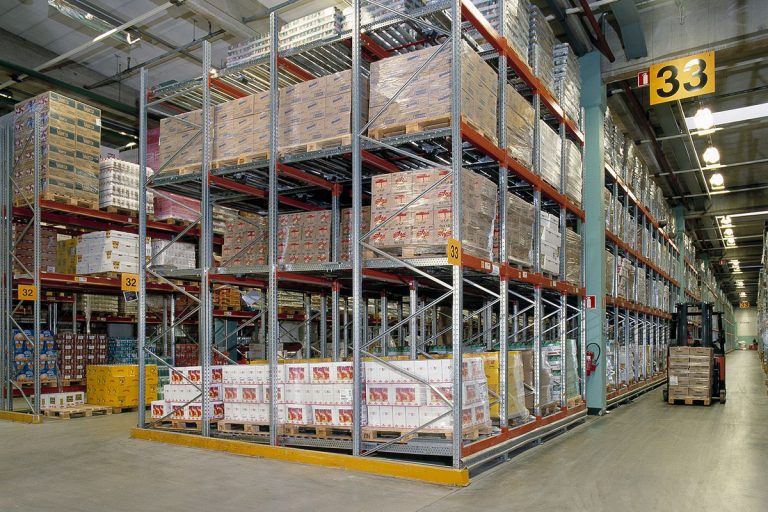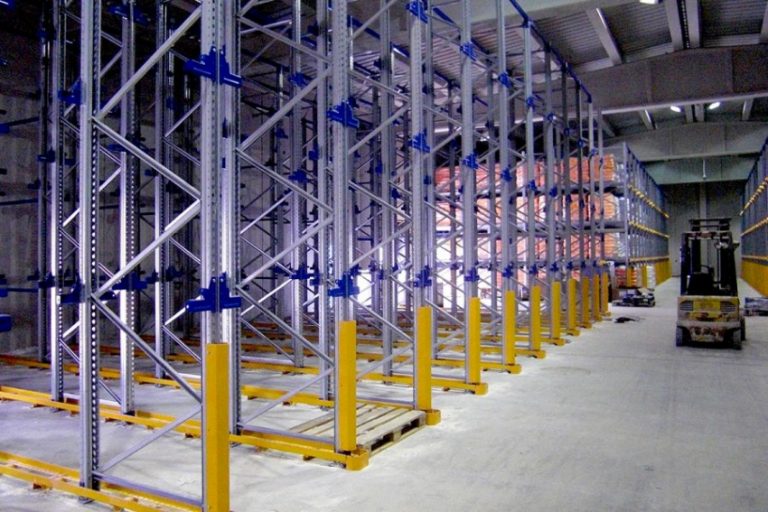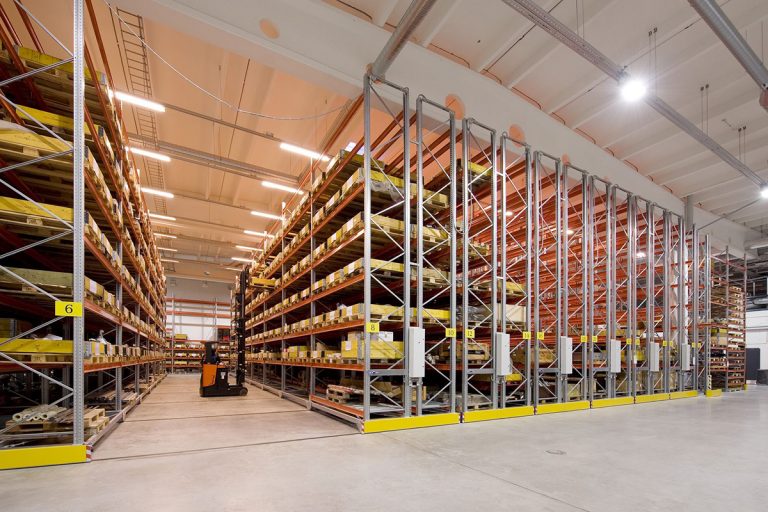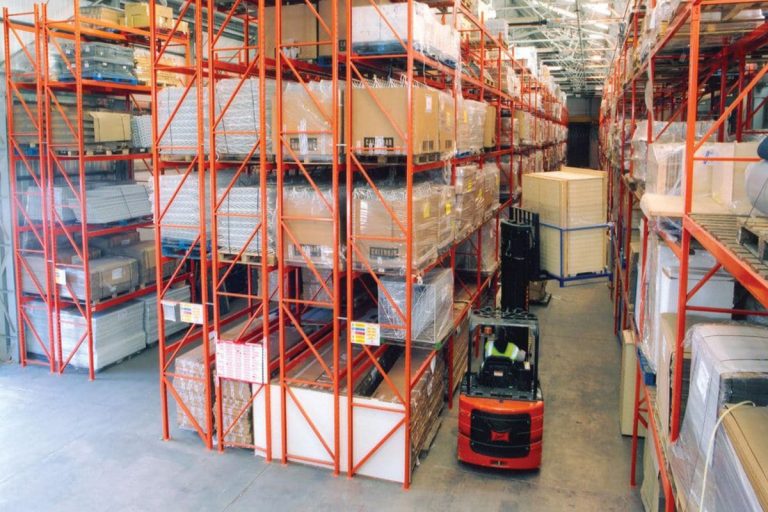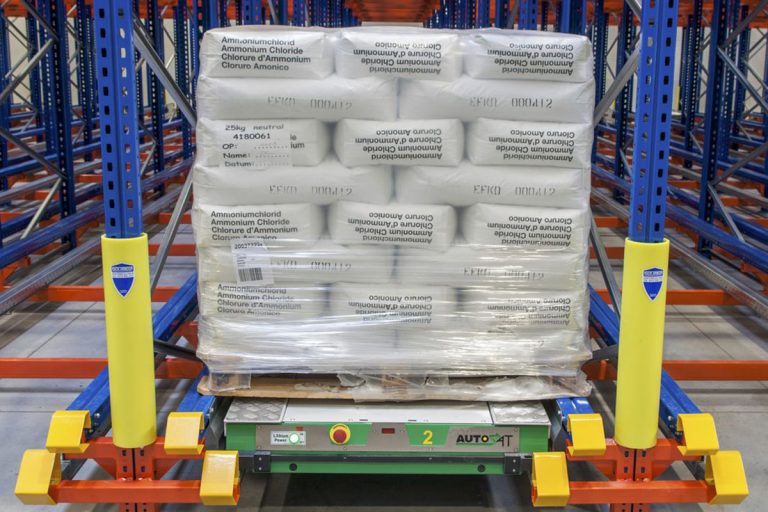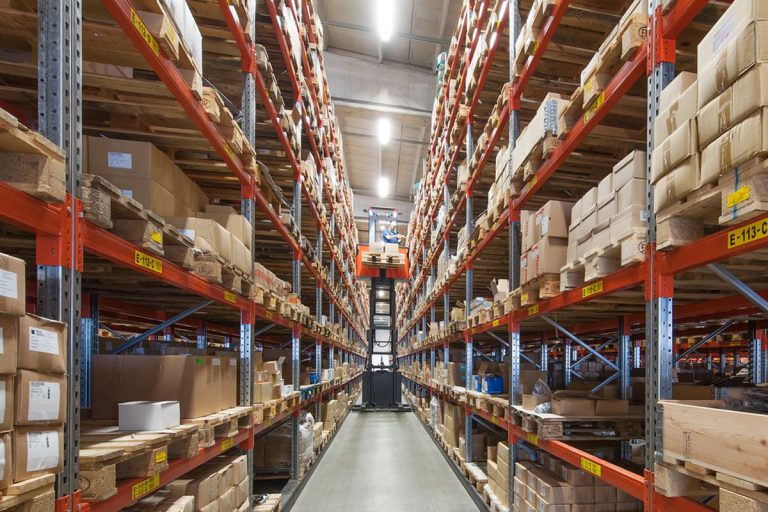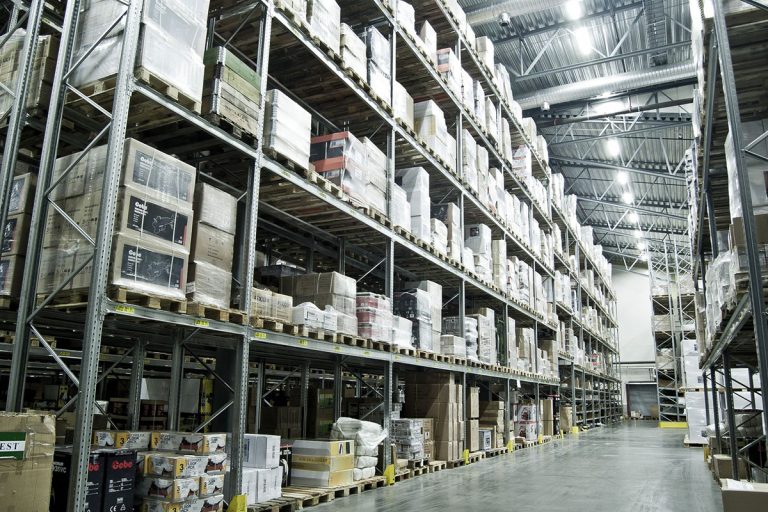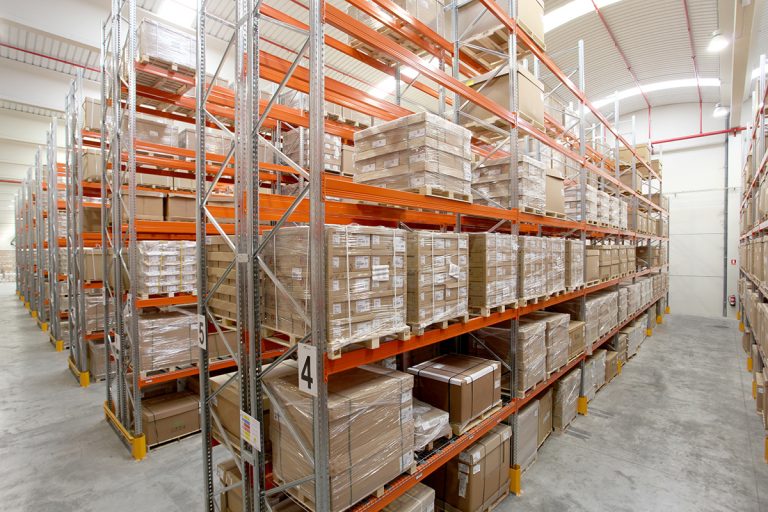We all know that preventative maintenance is better than reactive maintenance, as it reduces accidents and down time, plus the cost of damaged goods and repairs. However, determining the ideal level of preventative maintenance to achieve the best return on investment (ROI) can be challenging. Read how to focus on creating a pragmatic plan tailored to your workplace, specific risks, and budget.
We’ll highlight the primary advantages and outline essential steps to consider when developing your plan.
How a preventative maintenance plan can benefit your business.
- Decreased Downtime and Reduced Repair Costs
Regular maintenance helps identify potential issues before they lead to equipment failure. By addressing these issues proactively, downtime can be minimized, and the need for costly racking repairs can be reduced. - Increased Racking Life Expectancy
Proper maintenance extends the working life of warehouse racking systems. By regularly inspecting and maintaining critical components, the overall lifespan of the racking can be prolonged, reducing the need for premature replacements. - Improved Equipment Efficiency and Quality
Well-maintained warehouse racking systems operate more efficiently, allowing for smoother material handling processes and optimized storage capacity. Regular maintenance ensures that the racking is in optimal condition, minimizing the risk of accidents, product damage, and inefficiencies. - Less Damaged Goods
Stored assets are often damaged when racking failure occurs resulting in not just the cost of unusable stock but also replacement cost and the impact on delivery and customer service. - Improved Safety
A ROI will always include the wellbeing and safety of employees and by keeping equipment in good working order, accidents, injury, sick leave and claims should be reduced and ideally engineered out. - Maintaining Compliance and Following Regulations
Racking systems are considered work equipment, and PUWER (Provision and Use of Work Equipment Regulations 1998) requires that they are maintained in good working order. Also the Health and Safety at Work Act 1974 is an overarching legislation which requires employers to provide a safe working environment. Regular maintenance, inspections, and repairs can help ensure that racking systems meet all these requirements. - Enhanced Corporate Reputation
A preventive maintenance plan demonstrates a commitment to safety, quality, and operational excellence. This can enhance the reputation of your business and the overall brand image, leading to increased customer trust and potential business opportunities.
While companies have shown that an effective preventive maintenance program can deliver a better return on investment, it’s important to note that the specific ROI and cost savings will vary depending on factors such as the size and purpose of the warehouse, the complexity of the racking systems, the frequency of maintenance activities, and the training of employees.
To build the best preventive maintenance plan for your warehouse racking, here are some useful steps:
Understand your Racking Systems
Begin by gaining a thorough understanding of the warehouse racking systems in place. This includes the type of racking (e.g., selective, drive-in, push-back), their load capacities, and any specific maintenance requirements recommended by the manufacturer.
Identify Critical Components
Identify the critical components of the racking systems that require regular inspection and maintenance. This may include upright frames, beams, connectors, base plates, and safety accessories.
Determine Maintenance Frequencies
Determine the appropriate maintenance frequencies for each component based on factors such as usage intensity, load capacity, and environmental conditions. This will require consideration of goods being transported into and around the racking and the methods of transport with associated risks. Some components may require more frequent inspections and maintenance than others.
Establish Maintenance Procedures
Define clear maintenance procedures for addressing identified issues. Ensure that the procedures align with manufacturer recommendations and industry best practices.
Assign Responsibility
Assign responsibility for the preventive maintenance plan to qualified personnel who have the necessary knowledge and skills. This may involve training existing staff or hiring external experts if required.
Implement a Tracking System
Implement a tracking system to record and monitor maintenance activities. This can be done using computerised maintenance management software (CMMS) or a simple spreadsheet. The tracking system should include details such as inspection dates, maintenance actions taken, and any follow-up requirements.
Schedule Regular Inspections
Now that you have defined what, why and how often things needs to be maintained, establish a schedule for regular inspections. Consider also the factors such as the workload of the warehouse, peak seasons, and any specific requirements of the racking systems. Regular inspections should be conducted at predetermined intervals to ensure timely identification and resolution of issues.
Develop Inspection Checklists
Create detailed inspection checklists that cover all critical components and potential issues. These checklists should include visual inspections for signs of damage, corrosion, misalignment, or other abnormalities. Additionally, consider using specialized tools such as load testers to assess the structural integrity of the racking systems.
Document and Analyse Findings
Document all inspection findings and maintenance actions taken. Analyse the data over time to identify recurring issues, trends, or patterns that may require adjustments to the preventive maintenance plan. This analysis can help optimize the plan and improve its effectiveness.
Continuous Improvement
Regularly review and update the preventive maintenance plan based on feedback, lessons learned, and changes in the warehouse operations including;
- if materials and services can be deployed or sourced more efficiently and cost effectively,
- should impact protection solutions be implemented or improved.
- can storage or workflows be redesigned,
- do employees require training.
Continuous improvement ensures that the plan remains effective in preventing major issues and optimising the lifespan of the racking systems.
Training for Warehouse Teams
Empowering your warehouse teams with adequate training is critical in supporting a preventative maintenance plan. Warehouse teams should be trained to recognize signs of wear, damage, or instability in the racking system. This includes understanding the importance of load limits, recognizing damaged components, and knowing when to report potential safety concerns. Training should also equip personnel with a clear protocol to follow in the event they encounter a safety issue. Encouraging an open reporting culture ensures that any observed problems are promptly communicated to supervisors or maintenance teams for swift resolution.
By following these steps, businesses can build a comprehensive and effective preventive maintenance plan for warehouse racking, leading to cost savings, improved safety, and increased operational efficiency.
Warehouse Racking Specialists
With four decades of industry leadership in the UK, Rack Group has been a trusted partner for businesses, enhancing the longevity of their racking systems while optimising safety and operations. Our comprehensive racking services cover the entire lifecycle, encompassing emergency repairs, maintenance, inspections, and training. Whether you require assistance in developing a preventative maintenance plan or support for specific aspects of your operations, Rack Group is here to help you.

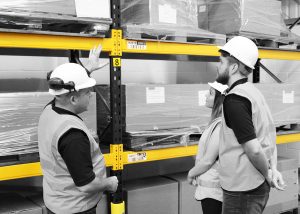
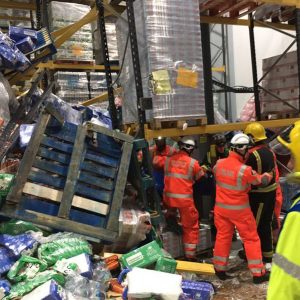
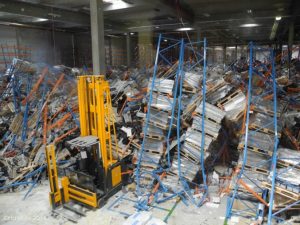

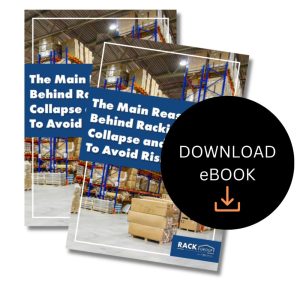 In conclusion, mitigating the risk of racking collapse is a multi-faceted approach that relies on professional installation, regular maintenance, and diligent inspections. Equally important is providing thorough training to warehouse teams to recognise potential hazards and respond swiftly to ensure a safe, secure workplace. By implementing these strategies, warehouse managers can proactively protect their facility, personnel, and valuable inventory from the threat of racking failures.
In conclusion, mitigating the risk of racking collapse is a multi-faceted approach that relies on professional installation, regular maintenance, and diligent inspections. Equally important is providing thorough training to warehouse teams to recognise potential hazards and respond swiftly to ensure a safe, secure workplace. By implementing these strategies, warehouse managers can proactively protect their facility, personnel, and valuable inventory from the threat of racking failures.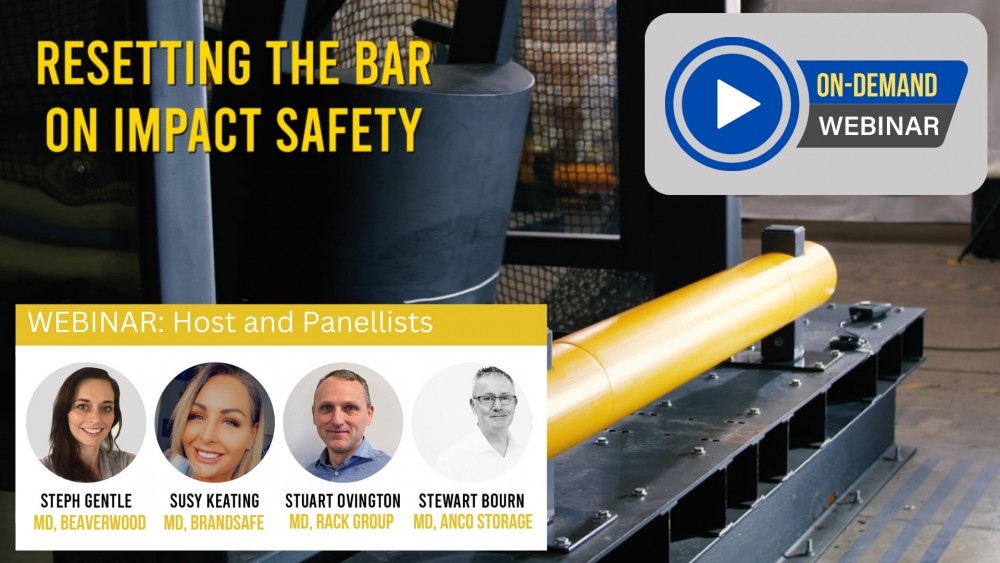
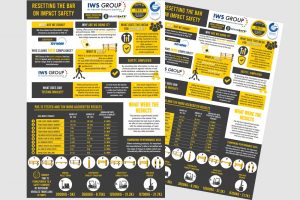

 The automotive industry has taught us valuable lessons about impact resistance. Modern cars are designed with more flexible materials and structures to absorb and disperse impact forces, ensuring the safety of drivers and passengers. In the same vein, polymer impact barriers are strategically engineered with this principle in mind.
The automotive industry has taught us valuable lessons about impact resistance. Modern cars are designed with more flexible materials and structures to absorb and disperse impact forces, ensuring the safety of drivers and passengers. In the same vein, polymer impact barriers are strategically engineered with this principle in mind.


